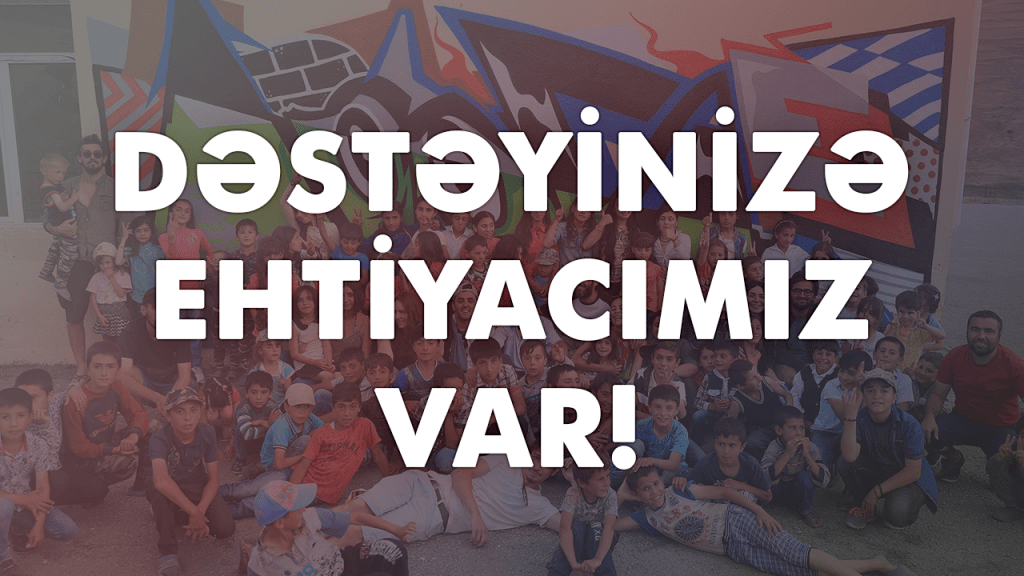Tarlan Qorchu

Born and raised in Baku, the professional career of contemporary artist, theatre artist and director Tarlan Gorchu has spanned the museum, gallery and the stage. Tarlan’s love of art began with a childhood interest in painting, which he then pursued at the Azerbaijan State Arts University. His post-university career was one that expanded upon his skill in creating graphic art. As a member of the Azerbaijan Union of Artists, he began exhibiting his work as a graphic designer and contemporary artist, managing his own graphics studio and focusing his practice on the intersection between traditional art forms and modern media. However, Tarlan was also fascinated with the theatre and studied at the Baku Institute of Arts with avant-garde director Tofig Kyazimov, who inspired his intense focus on the visual details of theater design. These two foci have come together in his contemporary artistic practice in myriad ways and are synthesized in his current practice as the director of the Baku Marionette Theatre, the perfect platform through which he could explore the emotive nature of theatre and representation in visual art. Because of his aesthetic acuity, he is well-known in Azerbaijan and the international community for the stunning productions that he designs. In Tarlan’s artistic practice, he explores a variety of forms including contemporary calligraphy, textiles, sculpture, photography and installation art. He has exhibited all over the world, including in the Azerbaijan Pavilion at the 53rd Venice Biennale and in many significant exhibitions in Poland, Lithuania, France, Georgia, Italy, Switzerland and Russia. For his outstanding contribution to Azerbaijan’s artistic scene, he was awarded the title of ‘Honoured Art Worker’ in 2018.
While Tarlan’s theatre design is visible on the stage at the Baku Marionette Theatre, his visual art has been shown at museums and galleries around the world. His contribution to the 53rd Biennale used the traditional Azerbaijani carpet to examine graphic design principles through the ‘Chirakhly’ carpet style, a series of works that distilled the carpet’s iconography until a new and contemporary style appeared. In other works focusing on Azerbaijan, he rearranged the figures from the Gobustan rock carvings illuminated in lightboxes to narrate a series of epics around themes of ritual, migration, and survival, linking his artistic and theatrical practice. His desire to deconstruct and rearrange has appeared elsewhere in his work, including “Sabail” in which he took the calligraphic and vegetal carvings on the Sabail stones and remixed them to stack into thousands of possible combinations, suggesting that the interpretation of meaning behind such works are infinite.
While Azerbaijani culture and history were major sources of inspiration in his early artworks, his love for graphics and reinterpreting traditional themes was revealed in his many works exploring calligraphy. His mastery of calligraphy, both by hand and through digital tools, is evident in the breadth of his work. Two series in particular illustrate his practice. In 2018 at the Heydar Aliyev Center in Baku, his mixed-technique calligraphy was included in the group exhibition “Hurufiyya: Art and Identity”, organized by the prestigious Barjeel Art Foundation based in Sharjah, UAE. Using Nasimi as inspiration, the works included elegant and sweeping calligraphy embedded in collage-style compositions that deconstructed the calligraphic form to create completely new imagery based on the traditional technique. The colour palette and stylistic flourishes recall both Japanese wood-block prints as well as Venetian paper-marbling techniques in a contemporary interpretation of the essence of calligraphy and the need for contemplation and study to uncover its spiritual meaning. In the work “99 Names of Allah” from 2019, Tarlan was inspired by a Kufic-style artwork from the 16th-17th century which presents the 99 Names of Allah, but adds his own contemporary interactive twist. Accompanying the Kufic calligraphy is another work by Tarlan with QR codes that appear to mimic the script but instead require the viewer to use their phone to read the text of the code, which links back to the 99 Names of Allah. The works present different ends of the spectrum of the timeless nature of calligraphy. These engaging works offer opportunities for discovery through personal interpretation and an invitation to find meaning in beauty for ourselves.






























